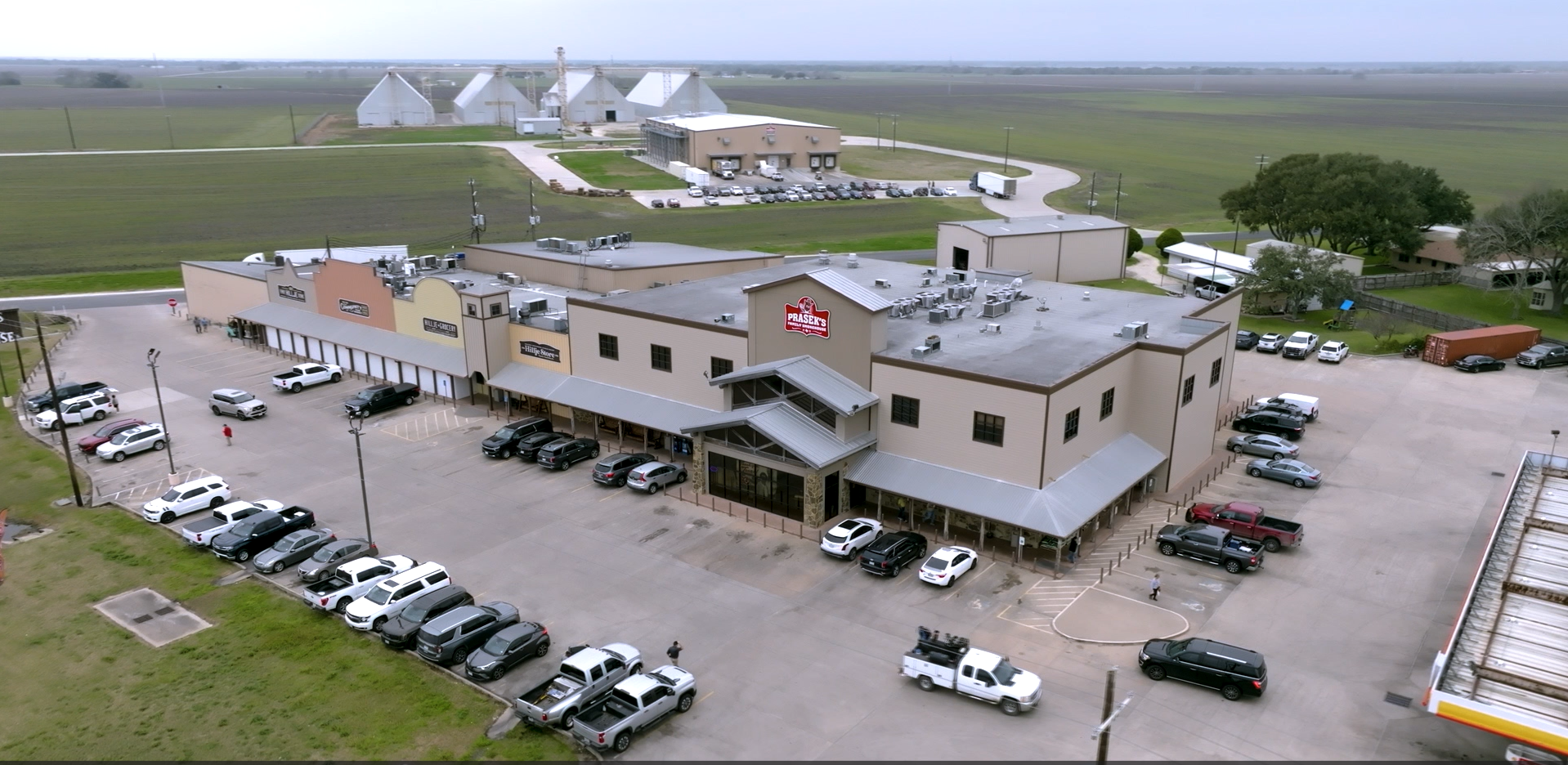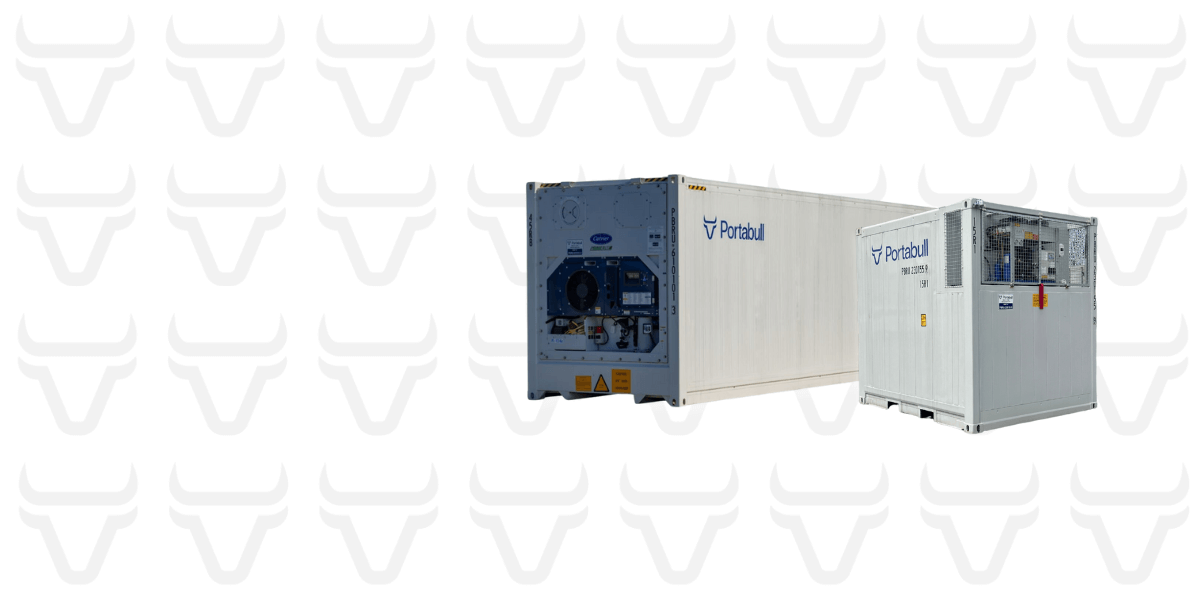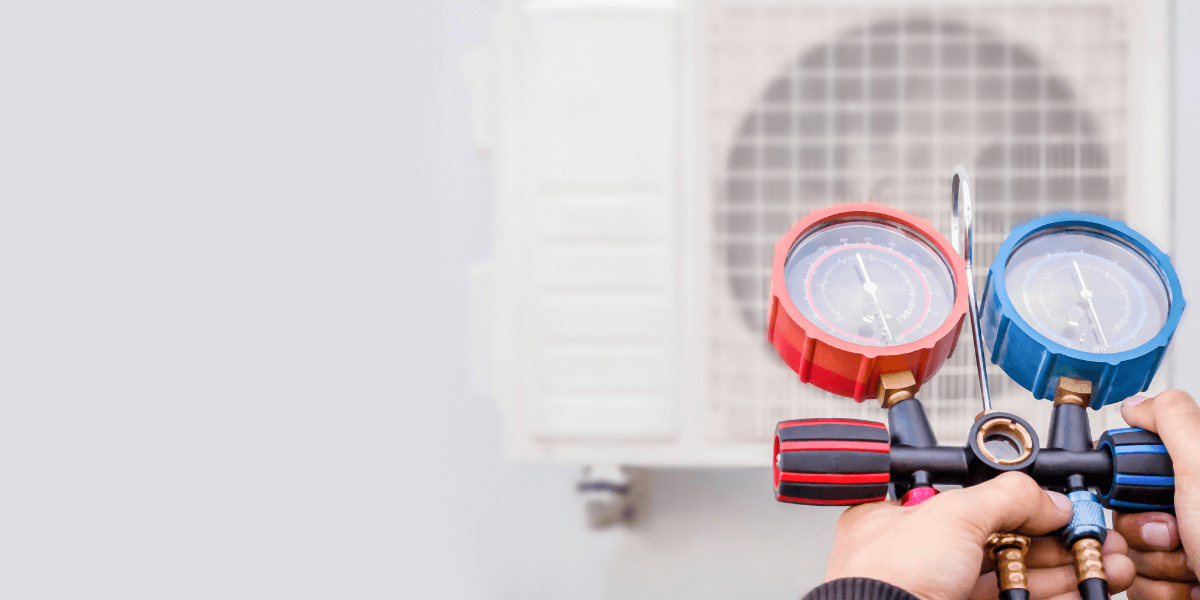Case Study: How Prasek's Saved $10K+ While Boosting Business Growth
Prasek’s Family Smokehouse has been a staple of Texas tradition since 1974, known for its exceptional smoked meats and fresh-baked delicacies. As the...
Rental cold storage units are great for temporarily expanding climate-controlled storage capacity during periods of high-demand at your business. Especially when you lease advanced, efficient solutions from Portabull, these on-site units make a great alternative to cold storage warehouses or expensive upgrades to permanent storage.
As you and your team use your units, there are some common issues you should be aware of. Especially concerning are buildups of ice and dust that can impair performance and threaten your inventory. To avoid these problems with your temporary cold storage units, it’s always good to practice preventative measures.
Sometimes, though, a temporary cold storage unit needs to be cleared of ice that has accumulated to the point of impacting how well the unit maintains temperature. When this happens, it’s important to know how to defrost your cold storage rental.

The best way to defrost your unit and prevent problematic accumulations of ice is to use the "Manual Defrost" setting found on your unit's control panel. This simple push-button feature begins a process that lasts about 45 minutes. During that time, the unit will configure itself to purge ice buildups.
When using Manual Defrost, there's no need to remove your goods from the cold storage unit. This setting is designed to make it possible for the unit to reduce or prevent ice while still being safe for your temperature-sensitive goods.
By running the unit through Manual Defrost periodically, you can make sure your cold storage container or trailer is working at peak efficiency. In addition, it's important to use Manual Defrost because it has much less of an impact on your operations than other defrost methods.
If you do not use Manual Defrost periodically, you may quickly find your unit's performance hampered by ice buildup. Once the accumulation reaches a certain point, it will be necessary for you to run the unit through a complete defrost procedure. This is a straightforward process, but it does involve lots of planning as the unit will be unusable for many hours.
First, your unit must be emptied of all inventory. Defrosting involves letting the unit come up to warmer temperatures, so remove all products and pallets from the unit before continuing.
Once the unit is completely empty, adjust the temperature setpoint up to 75-80°F, or as high as it will go.
.png?width=424&height=566&name=Image%20(16).png)
Next, close the doors and leave them closed for the duration of the defrosting process.
Allow the unit to run at high temperature until there is no longer any ice visible anywhere and the floor and walls are completely dry. Depending on how much ice has accumulated in the unit, the defrosting process could take several hours, even as long as 24 hours. For best results, let the unit run in heat overnight.
It is also important to check behind the interior panel at the front of the unit. To do this, go to the interior wall that is farthest from the doors. Look for a hinged metal section near where the wall meets the floor.
.png?width=421&height=562&name=Image%20(10).png)
If the unit is defrosted properly there should not be any ice visible behind the wall. If ice is visible, continue running the unit at heat until it evaporates. Ice buildups in this location are especially concerning because they block the flow of cold air into the storage area itself. Be sure this area is free of ice.
After the ice has melted and the interior has dried out, readjust the temperature setpoint back to its normal level and allow the unit to get cold again. Be sure the unit has dried out completely before resuming cooling, otherwise more ice will form.
Taking a unit out of action for defrosting can be disruptive to your operations. To avoid having to go through this long process, it’s a good idea to practice a bit of preventative maintenance.
You need to understand why ice is forming inside your unit in the first place. Unwanted ice builds up because warm, moist air from outside the unit is getting inside. There, it cools and condenses, causing water to form on interior surfaces. That water then freezes to ice, and the process keeps repeating itself to cause buildups.
The first thing you should do is minimize the amount of time the unit’s doors spend open or unsealed. Those doors are the biggest culprit responsible for letting warm air in, so keeping them shut at all times is key. It’s a good idea to think ahead about how often (and for how long) the doors need to be open. Try to consolidate trips to and from the unit and be sure to seal the doors completely every time you open and close them.
The good news is that even a quick inspection once a week can head off many issues before they become serious problems. Start by entering the unit and walking from the doors toward the farthest wall. Look for signs of ice on the floors and walls, especially around where the front (farthest) wall meets the floor. Open the hinged panel to inspect behind the front wall, as well.
.png?width=449&height=599&name=Image%20(9).png)
Remember, the "Manual Defrost" setting found on your Portabull unit's control panel is an important process to use. Periodically make use of this feature in order to prevent the need for a more thorough, intensive defrost procedure. Even though the process for defrosting a cold storage unit is not overly complex, it is time-consuming and disruptive to normal business operations.
The best way to make sure your cold storage solution is effective and efficient, though, is to use Portabull. Our best-in-industry units are durable, capable, and can help any business save money and operate more smoothly. More than that, all Portabull solutions are backed by 24/7 expert support. If you ever have an issue that needs attention, we’re always there to answer the phone. Plus, our extensive nationwide service infrastructure means you can count on us to solve problems quickly.
For the most advanced cold storage units and the most trusted cold storage professionals in the business, reach out to Portabull today.
About Portabull
![]()
Portabull Cold Storage isn’t just another cold storage provider—we specialize in smarter, simpler temporary refrigeration solutions designed to save you time, money, and hassle.
Our electric- and hybrid-powered cold storage units offer a clean, efficient, and cost-effective way to protect your valuable inventory without the drawbacks of outdated diesel-powered storage.
With a diverse fleet, scalable solutions, nationwide coverage, 24/7 expert support, and transparent pricing, we make it easy to add temperature-controlled capacity when any industry needs it—and remove it when you don’t.
Subscribe to our newsletter!

Prasek’s Family Smokehouse has been a staple of Texas tradition since 1974, known for its exceptional smoked meats and fresh-baked delicacies. As the...

Rental cold storage units are great for temporarily expanding climate-controlled storage capacity during periods of high-demand at your business....

Temporary on-site cold storage units like the electric- and hybrid-powered options from Portabull are high-performance tools. Bringing 1,000 or so...